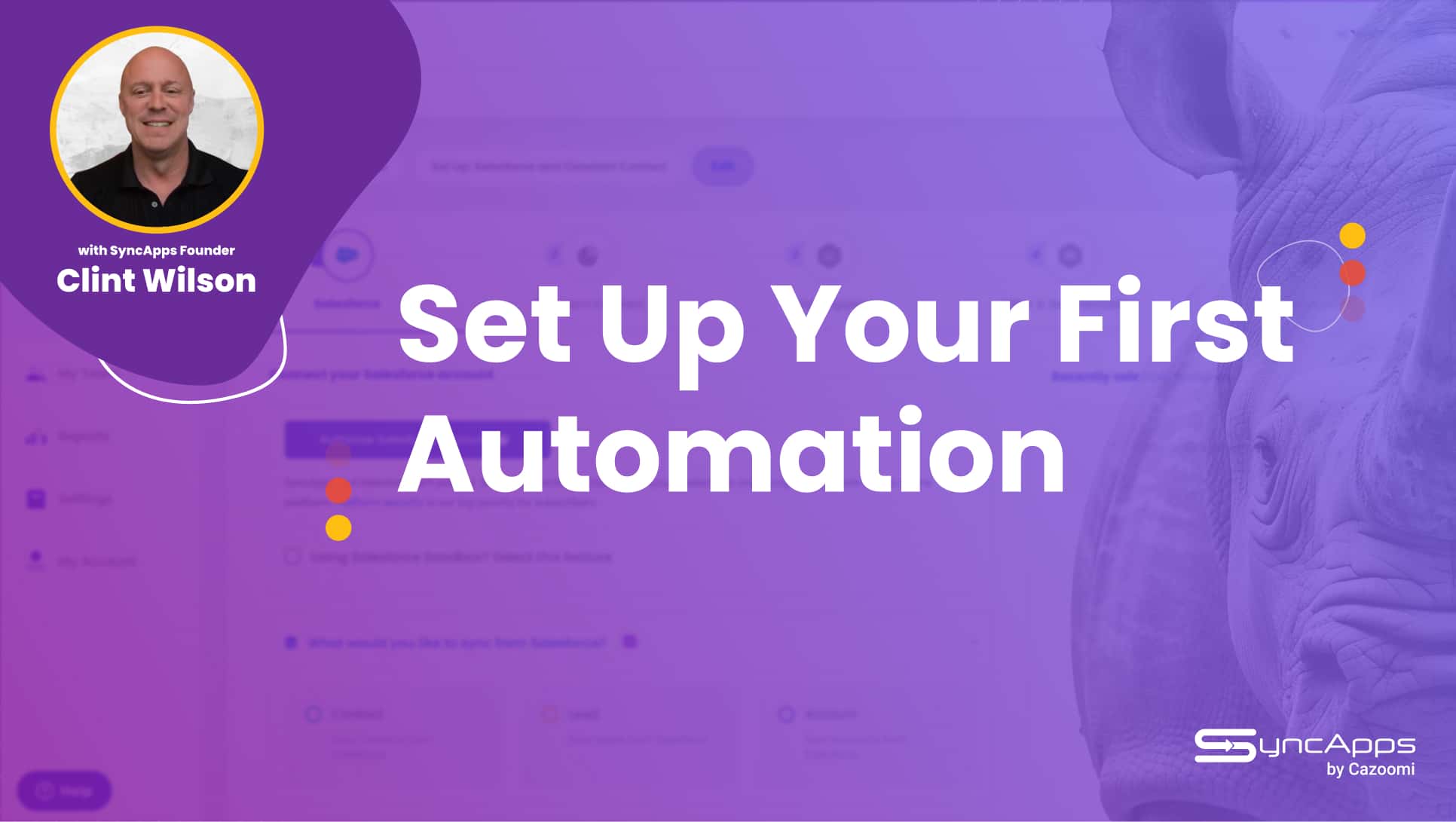Zero-Party Data: The Future of Personalized Marketing

In digital marketing, data is increasingly being used to drive decision-making. What started out as the use of involuntary cookies to collect consumer’s online data back when the internet was developing has now turned into a deliberate segmentation of first-, second-, and third-party data.
Recently, though, zero-party data has emerged under the spotlight and is worth paying significant attention to. That’s because it is considered the future of personalized marketing. It can offer valuable insights and create deeper and more meaningful customer relationships.
In this article, we unpack what zero-party data is, its benefits, and how to collect and leverage it; we consider ethical implications and look at the future of zero-party data. Keep reading to find out more.
Understanding Zero-Party Data
To understand zero-party data, a comparison with first- and third-party data is necessary.
First-party data is information an organization acquires about its customers through their online behaviors. These are online and can take place across the user’s entire site-wide experience, or they can be gleaned through mobile and app interactions.
Meanwhile, third-party data involves acquiring user data (such as demographic details) from another organization that is not your own to enable you to try and better understand certain users’ behaviors better. However, third-party data has limitations. For example, it is restricted in terms of how it is acquired, it conflicts with privacy laws, and in some cases, it is unclear how consent to collect it was acquired (if at all).
Enter zero-party data. Often called user-declared data, it is what the name suggests. A user voluntarily provides information to an organization about their preferences. Be it the font color of the website or a specific service they’re interested in.
It has been described as a user or consumer’s “intentional” and “proactive” sharing of their information to help an organization better understand how to approach, market, and tailor products and services to them.

It is also voluntary and a much more transparent method of data collection, which is becoming increasingly demanded by online consumers who may be concerned about how organizations use and share their information.
As Google plans to turn off the use of third-party cookies by 2024, zero-party data will play a much more prominent role in data gathering and collection, as well as in generating essential insights.
The Benefits of Zero-Party Data
With the onset of ad blockers, increased global privacy regulations, and, of course, the departure of the third-party cookie, zero-party data will play a significant role in marketing. It has the potential to deliver benefits that open up a new world of possibilities. And this is just the beginning. That’s because of it:
- It is qualitative and accurate because it is direct from the source
- Is relevant as it indicates user preferences, intentions, interests, and motivations
- Is cost-effective and can be built into an enterprise’s system
- Improves targeting and segmentation through improved quality of data
- Allows for the design and development of more effective campaigns
- Offers the enhanced personalization that customers are seeking
- Boosts customer experiences, engagement, and loyalty
- Increases the element of trust and transparency in data exchanges and
- Complies with privacy regulations because the source and method of collection are known and secure.
Collecting Zero-Party Data
There are numerous ways to collect zero-party data. Each method mentioned below should align with your organization. Not all methods are meant to be used simultaneously, and not all of them will be relevant. However, choosing among the most appropriate methods for your business will ensure optimal results.
- Employ interactive content
Interactive content such as surveys, polls, and quizzes is an excellent way to gather and carefully study your audience as they share their thoughts and preferences with you willingly. It’s always advisable to offer something free in exchange for their efforts, such as a discount or a free trial. You can do this both through your website or your social media channels. With their growing global prominence and impact, platforms such as Twitter, Facebook, LinkedIn, Instagram, etc., can be leveraged to generate better and more informative insights.
- Boost traffic to events
If you are looking to promote an event you are hosting, such as a webinar, consider driving online registrations. Here, you can use online forms to collect user data and preferences through forms that they would need to fill in to help you gauge why they are choosing to attend and what they are hoping to get out of it. These events can be promoted via your company newsletters, emails, or social media channels such as LinkedIn.
- Build your contact list naturally
People love getting something for free, and there’s no better way to build your email list naturally than by offering something of value. Make sure you have exit pop-ups on your blog where you can offer a white paper, an ebook, a presentation, or a how-to guide for free. You can also collect emails by starting a newsletter where your audience shares their email address with you in order to receive it. SMS subscriptions are another way of building and growing your contact list, although this will be very business-specific.
- Re-engage to gauge opinions
Online Surveys are one of the most effective ways, bar focus groups, to study your audience’s experience, feelings, and motivations for choosing your business over your competitors. These surveys can be initiated post-purchase to help you determine why they chose your product or service to see where your strengths lie.
- Implement preference centers
Enable your audience to control what type of information you have access to. Make this known to them, such as their ability to manage their own data through adapting their account settings. They should be able to change and update their preferences at any time they choose. Once you have this data, you can then make more personalized recommendations.
- Introduce games into the equation
It is human nature to enjoy games, and gamification and interactive campaigns are one way to appeal to your audience’s fun side. Making the experience fun for your users will make their experience more enjoyable, and thus, they will be more likely to share their preferences with you. Make sure to offer giveaways for their participation, and don’t forget to go cross-platform, including social media.
- Offer online tools
Online tools such as tests, calculators, chats, etc., are great ways of collecting user data. They are helpful and have an element of added value, and as such, you’re more likely to build trust when requesting that your audience share certain information with you.
- Encourage feedback and reviews
When you encourage your customers to provide you with feedback and reviews on sites such as Trustpilot or Yelp, you are essentially tapping into their preferences, and you can generate numerous insights from this to help you tailor your next marketing campaign, build your ideal buyer persona, and improve your product or service.
Leveraging Zero-Party Data for Personalized Marketing
The importance of personalized marketing cannot be overstated. It has the potential to lower customer acquisition costs by up to 50%. It can boost an organization’s revenue from 5% up to 15%. And furthermore, it can boost your marketing efforts’ return on investment by between 10% and 30%.
So, how can you leverage zero-party data to achieve these results? There are several ways to do so, starting with careful segmentation and targeting.
With the right data at your fingertips, you can create your ideal buyer persona(s) and make sure your messaging is specifically tailored to them. This can be achieved through hyper-personalized email campaigns, personalized website experiences, and customized product recommendations. Moreover, choosing personality types of your ideal customers allows for even deeper customization, enhancing engagement.
Privacy and Ethical Considerations
Brand trust is vital in today’s business landscape. It can sway approximately 67% of customers to either choose your product or service or opt for a competitor. And trust is built through transparency.
When you are open and honest with your audience about what you are using their data for, they will develop an affinity for your business and be sure to continue returning as paying customers.
Also worth noting is that in the current age of digital marketing, a growing number of consumers are skeptical about the use of their data online. Online privacy is, therefore, becoming the decisive factor for many.
Having opt-in strategies, following data governance best practices, as well as complying with data protection regulations such as GDPR will be essential for you to create trust and build a strong and lasting customer relationship.
The Future of Zero-Party Data
The use of artificial intelligence in collecting and curating zero-party data warrants a place in this discussion. Chatbots, automated surveys, digital or virtual assistants, and the like can help organizations study and predict future customer behavior based on current trends.
What’s more, is that zero-party data will become essential in managing customer relationships while enabling your marketing team to create a more tailored and personalized user experience.
It’s also predicted that zero-party data will be used to steer business decisions and even enable them to expand into new markets with greater precision.
As a final point, privacy-conscious consumers will appreciate the organizational openness regarding their use of data and are much more likely to remain loyal to your brand.
Conclusion
The benefits of zero-party data are immense, and they should be embraced as the future of personalized marketing.
With hyper-personalization driving the current marketing trend and rising awareness regarding privacy concerns, zero-party data is here to stay as a vital way of boosting customer trust and value exchange in data-driven strategies.



